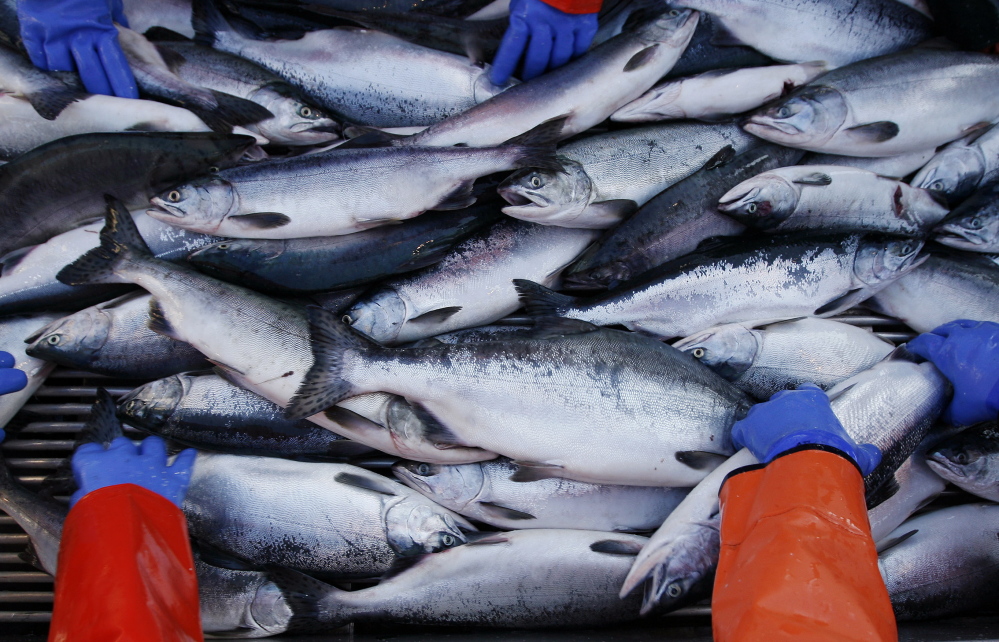ANCHORAGE, Alaska — Federal scientists have determined that extremely low levels of crude oil spilled by the Exxon Valdez caused heart problems in embryonic fish, a conclusion that could shape how damage is assessed in other major spills.
In a study published Tuesday in the online journal Scientific Reports, researchers from the National Oceanic and Atmospheric Administration found that embryonic herring and salmon exposed to low levels of crude oil developed misshapen hearts.
“Metabolically, they’re different,” said John Incardona, a researcher at the Northwest Fisheries Science Center in Seattle. “They can’t grow as well. They can’t swim as fast.”
The defects and subsequent vulnerability may explain why the herring population crashed several years after the spill in Alaska’s Prince William Sound and has not recovered, scientists said.
The 986-foot Exxon Valdez struck a reef in 1989, spilling 11 million gallons of crude oil. At the time, it was the largest spill in U.S. history. Oil fouled shoreline spawning habitat of herring and pink salmon, the most important commercial fish species there.
Fish larvae sampled close to high concentrations of oil were found with abnormalities. Little was known in the early 1990s, however, about effects of low-level crude oil exposure on fish in early life stages.
Pink salmon declined but recovered. The herring population collapsed three to four years after the Exxon Valdez ran aground and the role of the spill, NOAA Fisheries scientists acknowledged, remains controversial.
The silvery fish is a key species because it is eaten by salmon, seabirds and marine mammals. Four years after the spill, the estimated herring population based on modeling shrunk from 120 metric tons to less than 30 metric tons.
Copy the Story LinkSend questions/comments to the editors.



Success. Please wait for the page to reload. If the page does not reload within 5 seconds, please refresh the page.
Enter your email and password to access comments.
Hi, to comment on stories you must . This profile is in addition to your subscription and website login.
Already have a commenting profile? .
Invalid username/password.
Please check your email to confirm and complete your registration.
Only subscribers are eligible to post comments. Please subscribe or login first for digital access. Here’s why.
Use the form below to reset your password. When you've submitted your account email, we will send an email with a reset code.